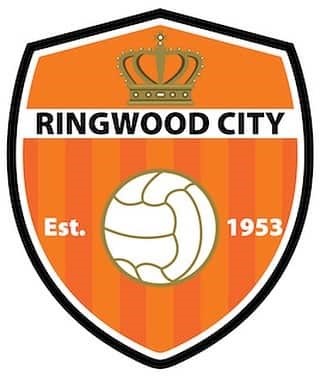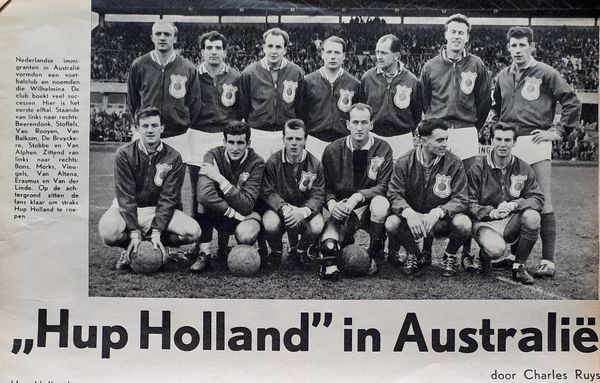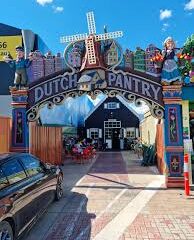
The late 1950s and early 1960s marked a significant period in eastern Melbourne’s soccer history, as Wilhelmina emerged as a prominent club, laying the foundation for a cluster of local district clubs with strong Dutch influence. These clubs, including Hollandia, Fern Tree, Ringwood United, and Mooroolbark, thrived with Dutch backing, involvement, and leadership.
The Club was established in 1953 by businessman Jan (John) van Hoboken. His business partner Jack Skolnik, who was also the President and financial backer of the powerful Jewish Hakoah Sports Club had muttered the words “you Dutchmen don’t know how to play soccer”. While somewhat a sarcastic statement, from Skolnik whose club was entering into the start of one of this club’s greatest periods, rang loud and clear in the cars of John van Hoboken. He quite clearly was willing to take matters a step further and throw down a challenge. The challenge quickly turned into reality first under the name Koninklijke Nederlandse Voetbal Bond (KNVB – the official name of the Netherlands national football organisation). However, sensibly and rather quickly changed this into Wilhelmina D.S.C. (Dutch Soccer Club). Financing the entire club out of his own pocket, despite a great deal of expense, the now founding president demanded only one stipulation, that he run the tenure show, lock, stock and barrel.
Among the local Melbourne clubs, Ringwood Wilhelmina stood out, making notable contributions to the soccer scene. However, despite early promise, sustained success proved elusive for Ringwood Wilhelmina in subsequent decades. By 1990, the club had played its final senior match, but its legacy endured as Ringwood City FC emerged, continuing to compete in lower Melbourne metropolitan divisions.
The transition to Ringwood City FC retained the essence of the club’s heritage, with teams still donning orange tops adorned with a crest featuring a crown over a football, reminiscent of Wilhelmina’s iconic identity. Furthermore, Jubilee Park – the first purpose built soccer ground of its kind in Melbourne – remains the hallowed home ground, with the Wilhelmina Room standing as a testament to the club’s rich history amidst recently refurbished facilities.
The journey from Wilhelmina to Ringwood City FC symbolizes the enduring impact of Dutch soccer culture in eastern Melbourne, underscoring the legacy of community, leadership, and tradition that continues to shape the local soccer landscape.

The photo is of the 1961 Wilhelmina team before a big match at Melbourne’s Olympic Park. Socceroo Dick Alphen is on the far right, back row. Sjel (Mike) de Bruyckere, Dutch International and Australian ‘B’ rep is third from the right, back row. Author of the article, Charles Ruys, was a Dutch sports journalist who migrated here in the 1950s. He started the short-lived ‘King Soccer’ in Sydney in 1955.
See also:
Wilhelmina Fund – A Dutch-Australian Legacy of Inclusion and Community Support


